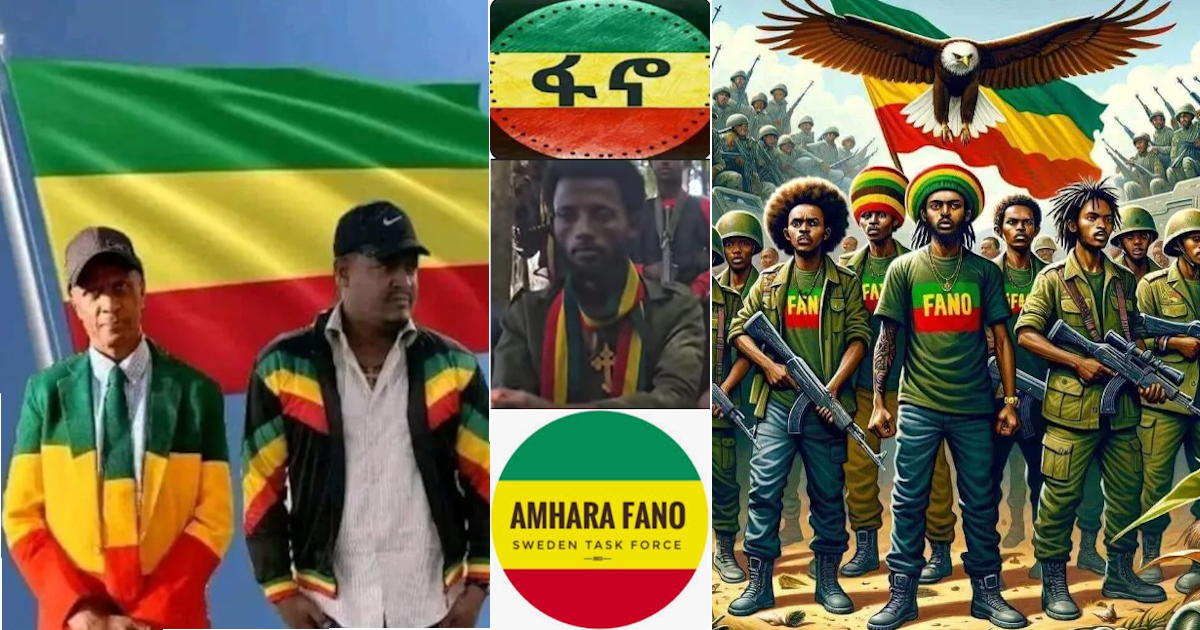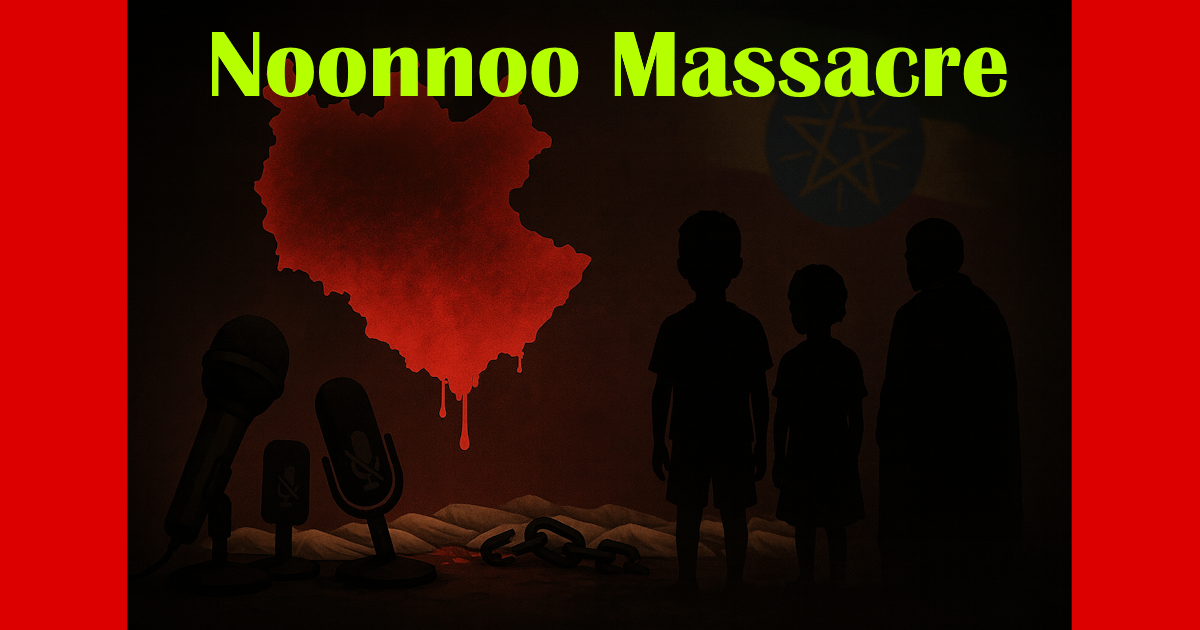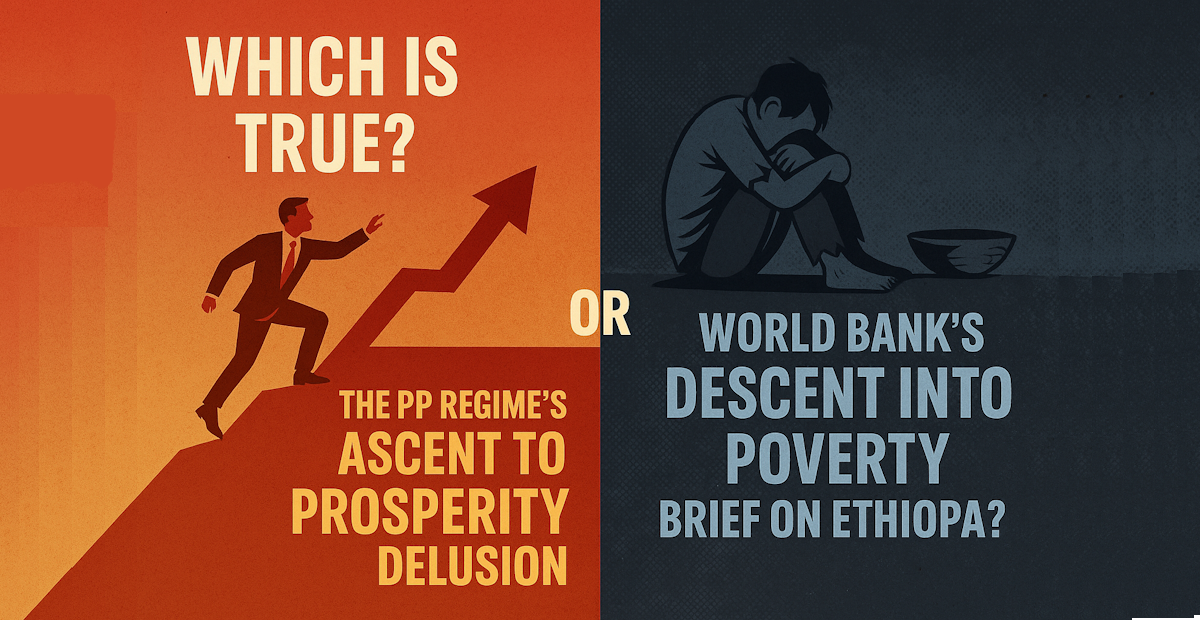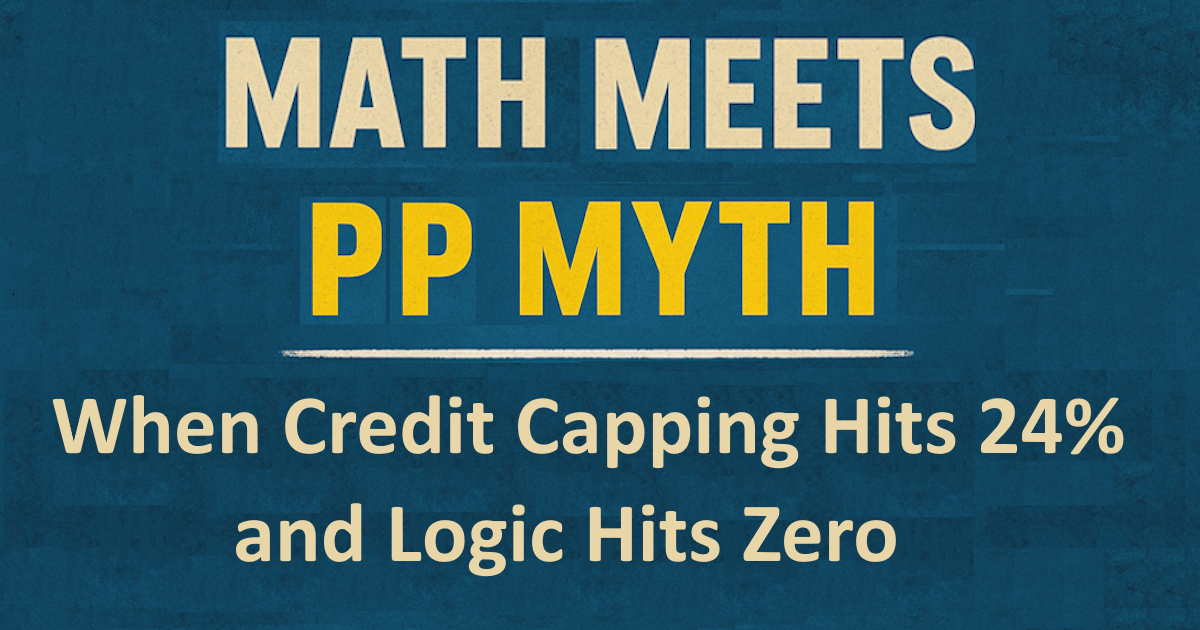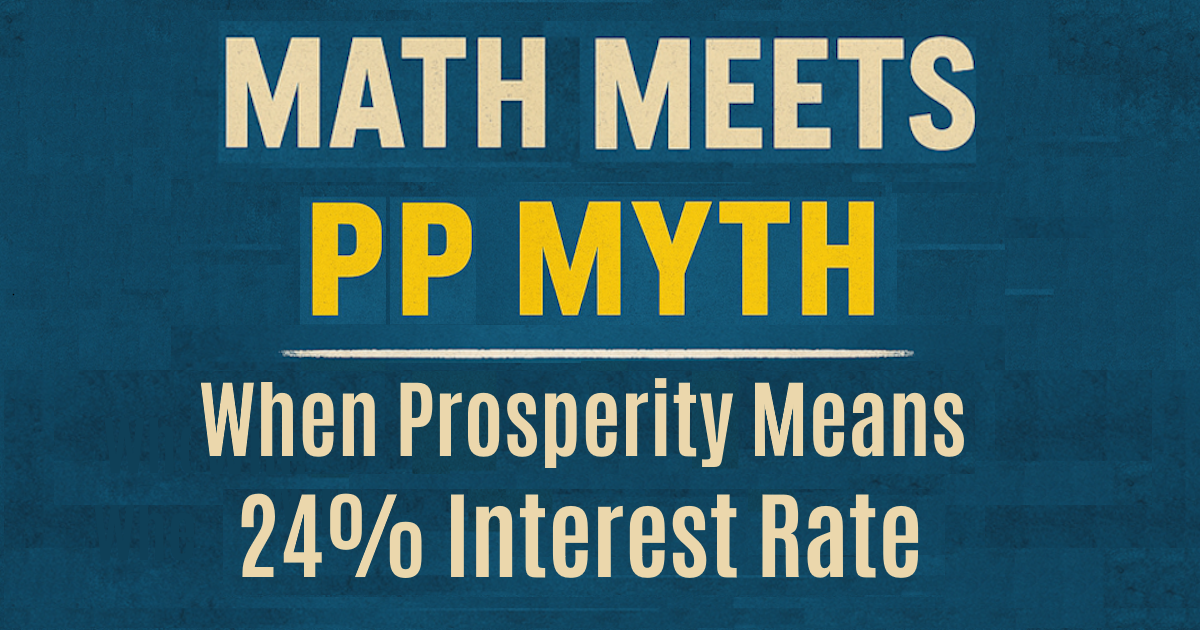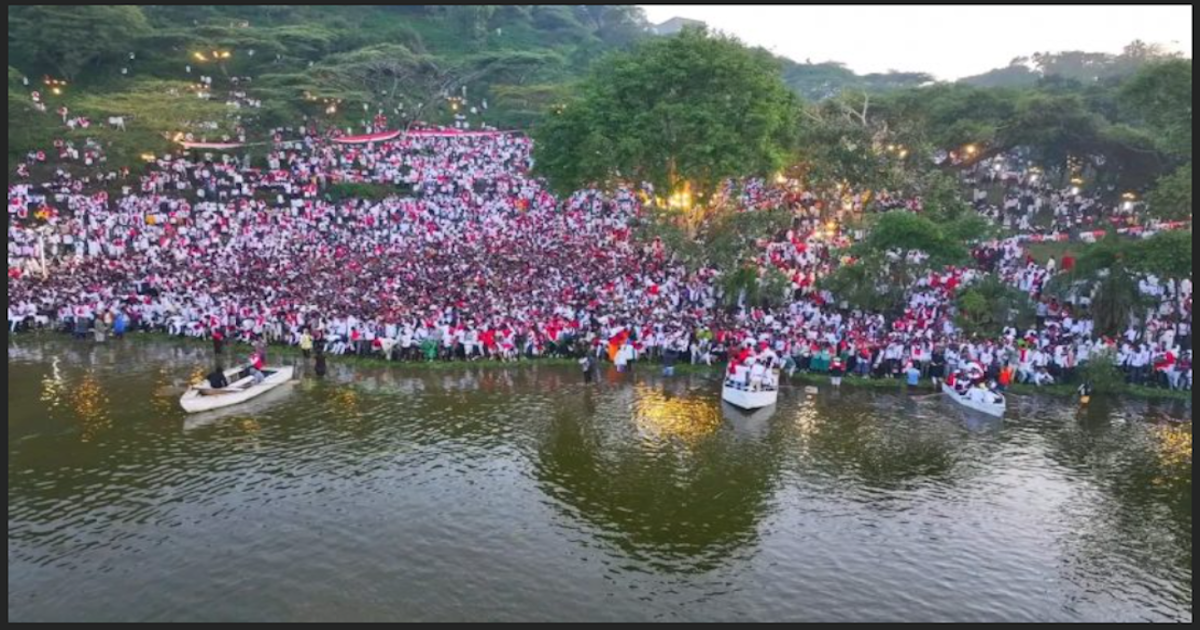What the Oromo Dialogue Online Tells Us About Missed Opportunities, Unity, and the Fight for Identity
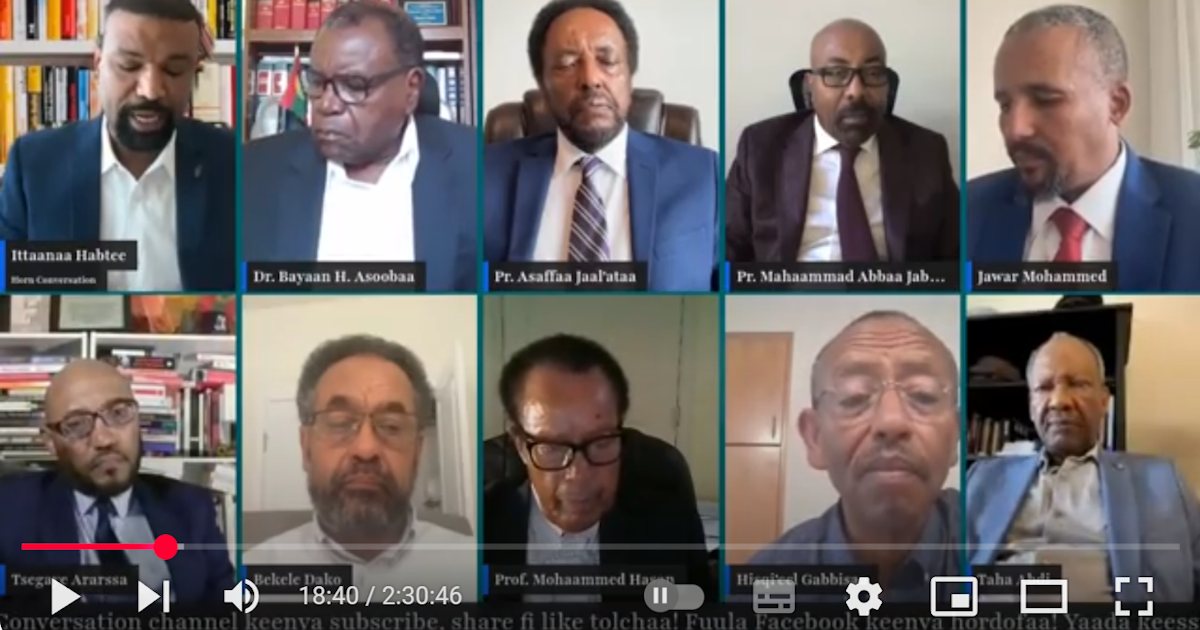
Excerpt
The Oromo Dialogue held online yesterday [Saturday, 19 July] exposed deep cracks in strategy and unity, highlighting how obvious solutions—like backing the OLA—were sidelined. As Oromo identity erasure intensifies under the current regime, the Oromo Dialogue must mark a turning point, not just a reflection. Will words become action before history closes the window?
An Obvious Solution Often Ignored
Political quagmires are infamous for their stubborn refusal to embrace obvious solutions. Even when the answers are within reach—simple, clear, efficient—activists, leaders and influencers often march headlong into chaos. Why? Ego. Fear. Groupthink. The haunting threat of punishment. Or the allure of power that blinds people to truth. Whatever the cause, history is littered with moments when the forest was right there—but the trees stood too tall in their minds.
The Oromo political struggle is no exception. Between 2020 and 2022, the Oromo Liberation Army (OLA) had both momentum and public support to assert meaningful control over Oromia. Even external analysts, such as the Military and Foreign Affairs Network—”The Voice of Reason” [1]—noted the potential. Yet that opportunity slipped. Fast forward three years, the Oromo Dialogue convened online yesterday [2] reminds us just how fatigued the Oromo political front has become.
The Curse of Disunity and the Bitterness of Realization
The so-called “Oromo government” was never truly Oromo, and the naïve declaration that “Oromos are now free” is unraveling into its tragic opposite—engineered by the Prosperity Party (PP) under the leadership of PM Abiy Ahmed. The illusion of political ownership has faded, revealing betrayal, confusion, and exhaustion. A memorable quote from Poet Laureate Tsegaye Gebre-Medhin [3], as cited by Professor Ezekiel Gabissa—“Gobana is more Amhara than any Amhara”—cut deep into this disillusionment.
Those who dismissed OLA’s armed struggle in favor of a “peaceful” approach proved naive. Peaceful struggle has never found fertile ground in the Ethiopian empire, and it never will, so long as the empire exists. That is the nature of the empire state itself.
The Oromo nation has often suffered the hazard of being large and diverse. These attributes, while they shine in peaceful cultural settings, have in the arena of political struggle often benefited oppressors and opponents more than the Oromo people. By contrast, being small and lean in political organization—as exemplified by previous ruling politicians—has proven to be a strategic asset. This is a reality the Oromos must contend with.
Bitter Lessons from the Past Seven Years
Now is the time to name hard lessons—clearly and without euphemism:
-
Lesson #1: OPDO/PP should have never been trusted.
The last seven years have turned into a living nightmare for Oromos. This is not exaggeration. Entrusting Oromo destiny to a colonial proxy was a historic miscalculation. The OPDOs later changed their branding to PP should have never been allowed near the Oromo people. History will remember the PP regime not for its leadership, but for its misgovernance, regime-instigated civil wars and internal population displacements, brazen and systemic corruption, dire economic collapse, and unrelenting brutality. State-sanctioned killings of precious Oromo lives. Extrajudicial executions carried out with impunity. Homes burned to ash—not by accident, but as a calculated tool to instill fear. Mass incarcerations that turned entire communities into prison zones. A genocidal war waged not for justice or security, but purely to cling to power in Oromia. And the net result? Abject poverty for the masses—while they indulge in a sickeningly extravagant lifestyle, untouched by the suffering they manufacture. -
Lesson #2: OLA support should have intensified.
The fight was winnable. If support had grown by orders of magnitude, Oromos would be negotiating freedom today, not wondering how they lost ground. Yes, hindsight is a wonderful thing. Even Sanyii Nagasaa, who surrendered and was received with glitter and pomp [4]—a theatrical celebration meant to declare the end of the OLA—may now reflect on the cost of the entire saga, as many of his surrendered fighters have since been killed or imprisoned by the regime, and the rest forced to flee back to where they came from. After all, we did say peace is alien to the Ethiopian empire. -
Lesson #3: Only genuine Oromo unity—around truth and self-respect—will bring about Oromo freedom.
The Oromo Dialogue was a step forward. But unless talk becomes action, and unity becomes alignment around the real frontlines, it will be another passing moment. The test for the “Better Late Than Never” Oromo Dialogue is therefore not in the eloquence of speeches or the symbolic gathering itself, but in the realization and execution of what was discussed, promised, and ultimately read out as a communiqué at the end of the meeting—some 150 minutes later. It is in the translation of words into coordinated political will and sustained action that its true value will be measured.
Will the 150 minutes of dialogue online undo 150 years of subjugation? That is the unrelenting question for the Oromo Dialogue just born.
The Oromo political parties and politicians pretending that all can be achieved without the OLA should snap out of that dream and rally behind the OLA—be it covertly or overtly. They must recognize that the Ethiopian empire, along with its protégé OPDO/PP, does not understand the language of peaceful conflict resolution. To expect justice, dignity, or autonomy through non-confrontational means alone is to ignore the very nature of the system we are dealing with.
The Present Danger: Identity Erasure in Plain Sight
The Oromo elites and the public at large must heed the stark and urgent warning delivered by Dr. Tsegaye Ararssa in his talk. The Ethiopian National Dialogue Commission has long abandoned even the pretense of impartial dialogue, pivoting instead toward a radical and calculated mission: to dismantle the Multinational Federal arrangement and pave the way for crowning PM Abiy Ahmed as an imperial-style president. This is not reform—it is a full-scale rollback of hard-won rights and self-rule, cloaked in the language of national unity.
These very sentiments have also been echoed in multiple OROMIA TODAY editorials over the recent months—such as [5,6,7,8]—which consistently warned that the so-called National Dialogue was a smokescreen for dismantling Multinational Federalism and recentralizing power under a new imperial order.
Already, Oromia’s federal identity is being systematically rolled back:
- Vehicle license plates are under consideration for reversion to imperial-era national codes. The Oromia plate number, far more than a registration tag, is a visible symbol of federal identity and cultural pride—one of the few markers through which Oromos assert their distinctiveness within the Ethiopian federation. Stripping it away is not a bureaucratic adjustment; it is a deliberate act of erasure.
-
Afan Oromo is being sidelined from instructions and exams, replaced with Amharic [9] through the education reforms incrementally put in place by a self-declared anti-Oromo Berhanu Nega, a modern day Sahle Tsedalu [10]. Far from being elevated to its rightful status as a federal working language, as one of the Oromo Questions [11], Afan Oromo is now being diluted even within Oromia itself—relegated and weakened where it should have been protected and promoted.
- Regional IDs are now issued only in Amharic script accompanied by English transliteration for international readability. And no place for the language of the largest nation in the empire. Local administrations or Gandas are now instructed not to issue IDs that bear the distinct identity of the Oromo nation, instead defaulting to the standardized Ethiopian ID printed exclusively in Amharic and English. This is despite the fact that the ID system itself is fully capable of supporting five languages, including Afan Oromo. Yet, there appears to be no Oromia PP administrative official with the courage—or conviction—to insist that IDs issued in Oromia be printed in Afan Oromo. The irony is staggering: Oromia’s own courts often require translations of IDs issued outside the region for routine legal processes like inheritance or power of attorney. Now, even IDs issued within Oromia require translation—until courts are instructed to stop asking and simply accept the Amharic-scripted national ID, cementing yet another layer of identity erasure.
-
Strategic dismantling of the Oromia Region: As cited above, the scheme of geographic federalism [7]—designed to dismember Oromia and lead to its complete regional erasure—is precisely what the PP is keeping under wraps. This dismantling is being quietly prepared, concealed beneath the deceptive label of a “constitutional review,” and orchestrated by the unitarist forces surrounding Prime Minister Abiy Ahmed. It is a calculated strategy to fracture Oromia into administrative fragments, stripping it of its territorial integrity and national identity under the guise of reform.
This is not accidental. This is systemic. It is a strategic dismantling of the Oromia federal unit through euphemisms like “constitutional reform” and “national harmonization.”
Abiy Ahmed and Shimelis Abdissa will be remembered not for leading Oromia—but for deceiving it. For dismantling hopes. For eroding what little was gained over three long decades. And that’s not even the whole story. Set aside, for a moment, the monumental social trauma. The pain inflicted by unrelenting regime brutality. The fear. The repression. The suffocating control. Now add to that the harsh economic marginalization of the Oromo people, especially the 85% who live in rural areas—still without access to clean water, electricity, or basic sanitation. These are not just signs of underdevelopment. They are symptoms of systemic neglect—calculated disregard. A regime that abandoned its people while pretending to serve them. In a bitter irony, the regime continues to export electricity to neighboring countries and as far afield as Tanzania [12], while the rural heartlands of Oromia remain in darkness. This glaring contradiction exposes the Ethiopian empire’s priorities and the entrenched injustice faced by the Oromo people.
This is a stark and sobering realization that the newly emerging force of political congregation—just convened under the banner of the Oromo Dialogue—must confront head-on. It is not enough to acknowledge these truths in passing; they must be faced with urgency, honesty, and the resolve to chart a radically different course rooted in unity, courage, and unapologetic commitment to Oromo self-determination.
Closing Reflection: Will Words Become Will?
The Oromo Dialogue has certainly caused a sleepless night for many in Oromia and beyond—particularly within the PP and among federal power brokers—because a unified Oromo political front threatens the very foundation of their control. When major constituencies in Oromia begin to align, even symbolically, it sends shockwaves through the empire’s political machinery. But sleepless nights alone do not make revolutions. The Oromo people have stood at such crossroads before—moments of inspiration and fleeting unity—only to be undone by political betrayals as well as slow erosion of momentum.
This time must be different. The stakes are existential.
Will the doubting Oromo political elite continue clinging to the illusion that the OLA is irrelevant, sidelining it as if freedom can be achieved without resistance? Or will they finally rally behind it—supporting, legitimizing, and energizing the only force that the empire truly fears and that holds the real potential to bring about Oromo freedom?
The world is watching. But more importantly, history is recording. And it is merciless toward those who saw the forest, yet still walked into the fire.
We wish all the best to what was seeded as the Oromo Dialogue—that it may grow into a broader and bolder tent, uniting fragmented forces, nurturing strategic clarity, and finally anchoring the Oromo struggle in collective courage and uncompromising purpose.
References
- Military and Foreign Affairs Network – “The Voice of Reason”, YouTube Channel.
- Oromo Dialogue: Kufaatii Abiyyiin Booda: Barbaachisummaa Marii Biyyoolessaa Oromoo, Courtesy of Horn Conversation Channel, YouTube.
- The Gobana Adage: Tsegaye G/Medhin(Loret) | Goobanaa Dacee Eenyu? | Seenaa Oromoo, YouTube.
- OT Editorial, Oromia PP-Speak Decoded: Peace as Surrender in Oromia, plus One Defector, One Photo Op, 1 December 2024, OROMIA TODAY.
- Staff Editor, To the Ethiopian National Dialogue Commission: You Are Wasting Your Time and Everyone Else’s, 31 January 2025, OROMIA TODAY.
- OT Editorial, The Death of Federalism by Agenda: Ethiopia’s Drift Toward Imperial Revivalism, 6 June 2025, OROMIA TODAY.
- OT Editorial, Sleepwalking into the Tyranny of Geography: How Political Delusion and Imperial Nostalgia Are Unmaking a Fragile Federation, 13 June 2025. OROMIA TODAY.
- OT Editorial, Daniel Kibret’s Delusional Word Games for Unitarism: ሕብረ ብሔራዊ as Orwellian Camouflage of a Unitary Ethiopia, 16 June 2025, OROMIA TODAY.
- Kumaa Daadhii, When Language Colonizes: The Amharic Illusion of Progress, 13 April 2025, OROMIA TODAY.
- OT Editorial, Haile Selassie’s Chilling Assimilation Blueprint of 1933 for the Oromo: When ‘Unity’ Meant Erasure, 7 May 2025, OROMIA TODAY.
- OT Editorial, Decoding Prosperity Party Regime’s Farcical Four-Day Meeting on Oromia, 23 February 2025. OROMIA TODAY.
- John Mutua, Ketraco starts transmission of Ethiopia electricity to Tanzania, 28 June 2025, Business Daily Africa.

